About Zerodha

If you belong to the investing community, you would’ve probably heard the name Zerodha. It is a discount-based brokerage firm located in Bangalore, India. Zerodha was started by two brothers Nithin and Nikhil Kamath and has a client base of more than 30 lakh users as of today.
What is surprising is that it is a completely bootstrapped firm i.e. has grown through internally generated funds rather than raising capital from investors. This feature provides them a unique standing in the financial services industry, where every other start-up is chasing external methods of capital raising.
What are Zerodha product codes?
In general terms, a code is a short form for a technical term. Zerodha product codes are a short form of technical terms that you will come across while buying/selling shares through its terminal- Kite.
The above image depicts product codes for various terms like CNS, MIS, SL, SLM that are important to understand before one can start trading in shares through Kite. Lack of understanding of these codes may lead to incorrect buying/selling, which may lead to huge penalties for you. Knowing the nuances of each term thus becomes necessary for you.
Some important Zerodha product codes
Explained below are some important product codes that you need to know before using the Zerodha-Kite platform:
Zerodha Market order
When you want to trade a stock at its market price, a market order should be placed. Suppose stock ‘X’ is currently trading at ₹100, if you are willing to buy it at this price, a market order needs to be placed.
Zerodha Limit order
A limit order needs to be placed if you want to buy/sell a stock at a specific price. Suppose stock ‘X’ is currently trading at ₹100, but you want to buy it at ₹95, so a limit order needs to be placed with the limit price as ₹95.
Zerodha Stop-loss (SL)
Stop-loss is a limit order which is placed to limit losses on your trades. Here, you need to specify a trigger price and a limit price. A trigger price is a price at which your stop-loss order will be executed at the specified limit price.
Suppose you bought stock ‘X’ at ₹200. You know you will be unable to book losses manually if the stock price starts decreasing. So to limit your losses, you set a trigger price at ₹195, with a limit price of ₹ 194. As the price reaches ₹195, the stop-loss sell order is triggered and will be executed as the price reaches ₹194. You are placing it to stop a loss more than what you are ready to risk.
Zerodha Stop-loss Market (SLM)
This type of order is used to place stop-loss at the market price. Here, you only need to specify the trigger price.
Suppose you bought stock ‘X’ at ₹50. To limit your losses, you place a stop-loss market order at a trigger price of ₹45. As the price of stock ‘X’ reaches ₹45, the stop-loss sell market order will be executed at the current market price.
Zerodha Cash and Carry (CNC)
Cash and carry is a product code used to make delivery-based equity trades. You will not get any leverage on your positions using this product code. Your position will not get auto-squared off.
If you do not hold a particular stock in your Demat account, you will not be able to sell it using the CNC product code. It is important to note that if you buy and sell a stock on the same day using the CNC product code, it will still be considered as an intraday trade.
Zerodha Highlights
Here are the important metrics of Zerodha which will give complete details on how the company is performing
| Date of Incorporation (Year) | 2010 |
| Founder | Nithin Kamath and Nikhil Kamath |
| Company Valuation | $1 Billion + |
| Awards | Startup of the Year at the 2020 |
| Active Users/Clients (No) | 5 Million Users* |
| Daily Retail Volumes | 15% |
| Delivery Brokerage | Free |
| Intraday Brokerage | ₹20 or 0.03% (whichever is lower) per order |
Zerodha’s Review
Zerodha is one of the best trading/investing platforms that you’ll ever come across. One feature that differentiates Zerodha’s trading platform from other platforms is that it warns users when they try to transact in illiquid security. Apart from this, the trading app is user-friendly; it also has a feature that allows users to do systematic investment planning (SIP) in stocks. Also, it has Zerodha Coin for investing in mutual funds, Zerodha Varsity which is an educational app to promote financial literacy in India.
Another advantage of using this platform is that the brokerage charges are minimal as it is a discount brokerage firm. Although their physical presence is less, they leave no stone unturned in providing services to their clients over the phone or by mail.
Final thoughts
Zerodha is a full-discount bootstrapped brokerage firm with a user base growing rapidly. It provides a trading platform by the name Kite. But before its users jump into the investing world, there are some product codes which they’ll need to know about to trade without any hassle.
Each order has different specifications regarding equity, currency, commodity and future, and options trading. Knowledge regarding the working of product codes in regards to intraday and delivery-based trades is also essential. Along with the product codes explained in this article, there are several other codes that can be understood on the website https://support.zerodha.com/. Varsity by Zerodha is another initiative that the firm has taken to teach the basics about trading and investing to interested people. The same can be accessed here.
Also Check

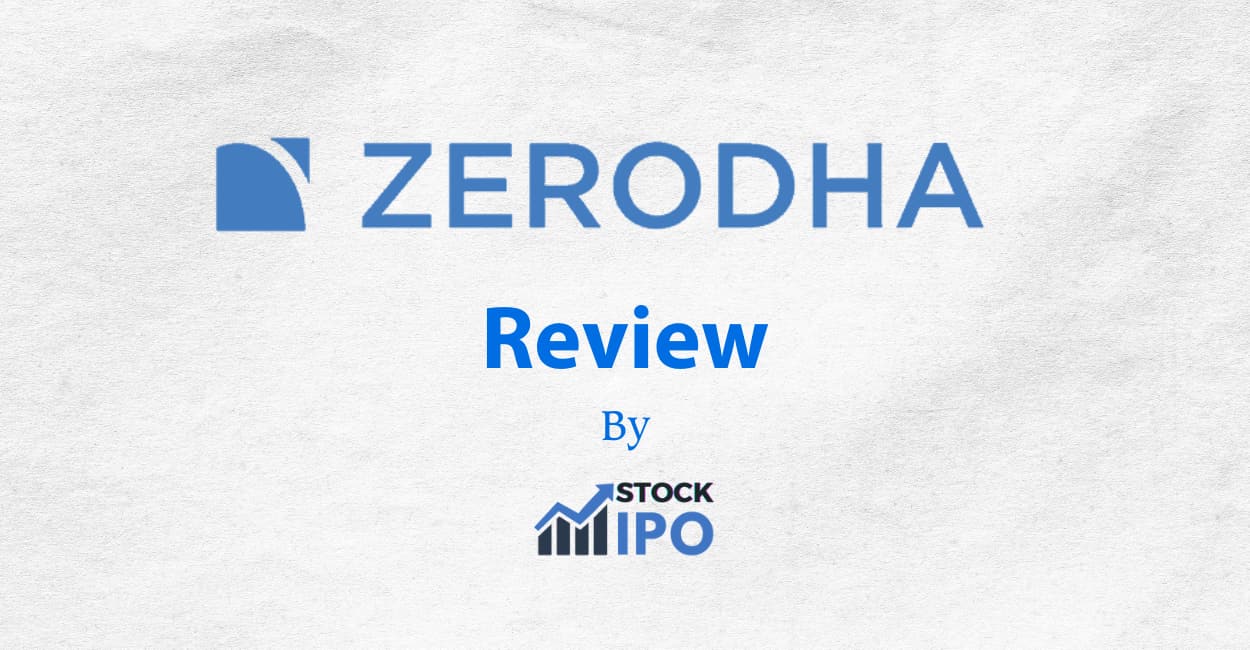
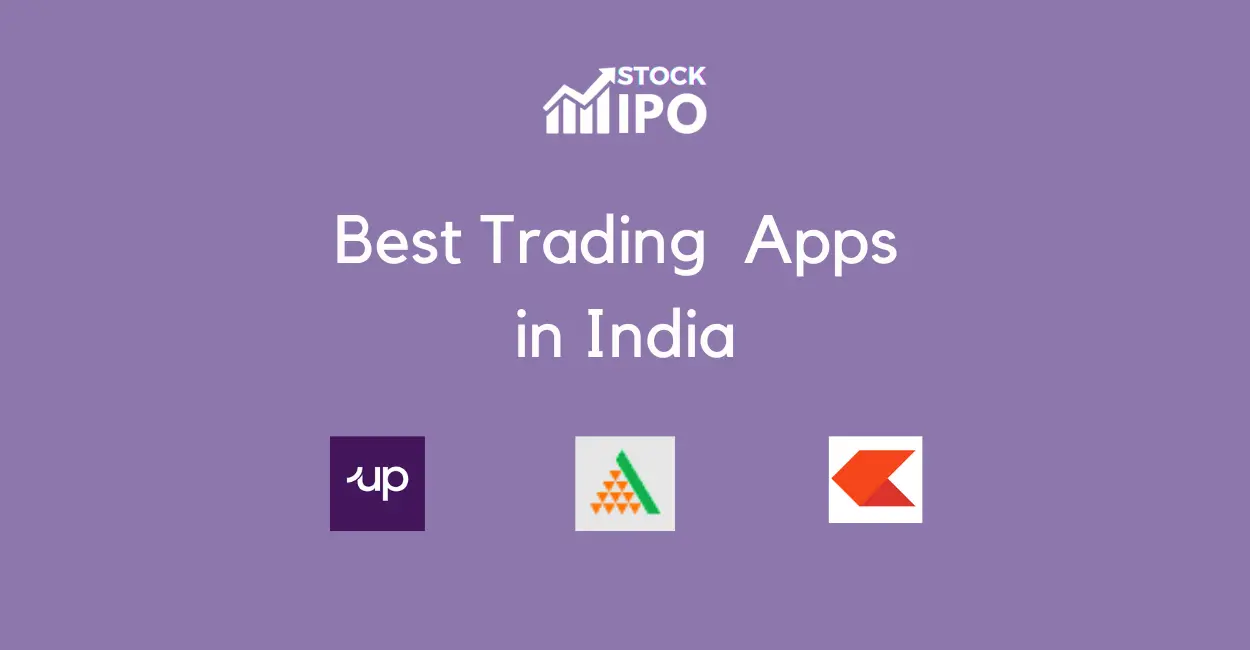
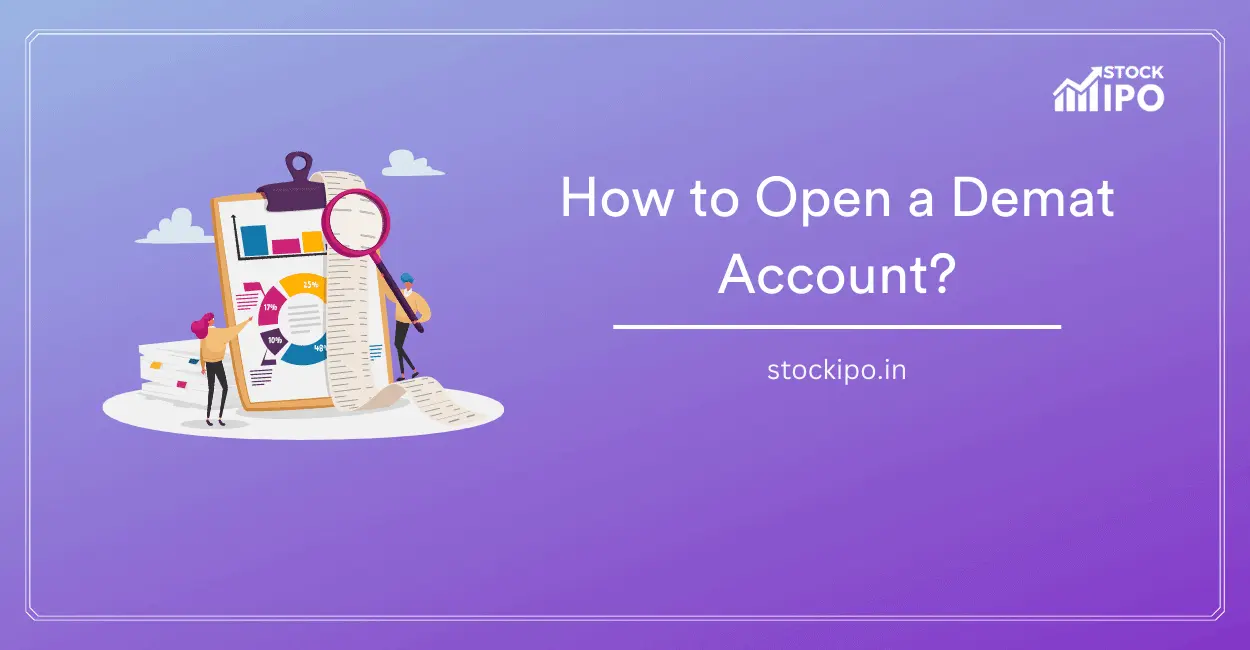
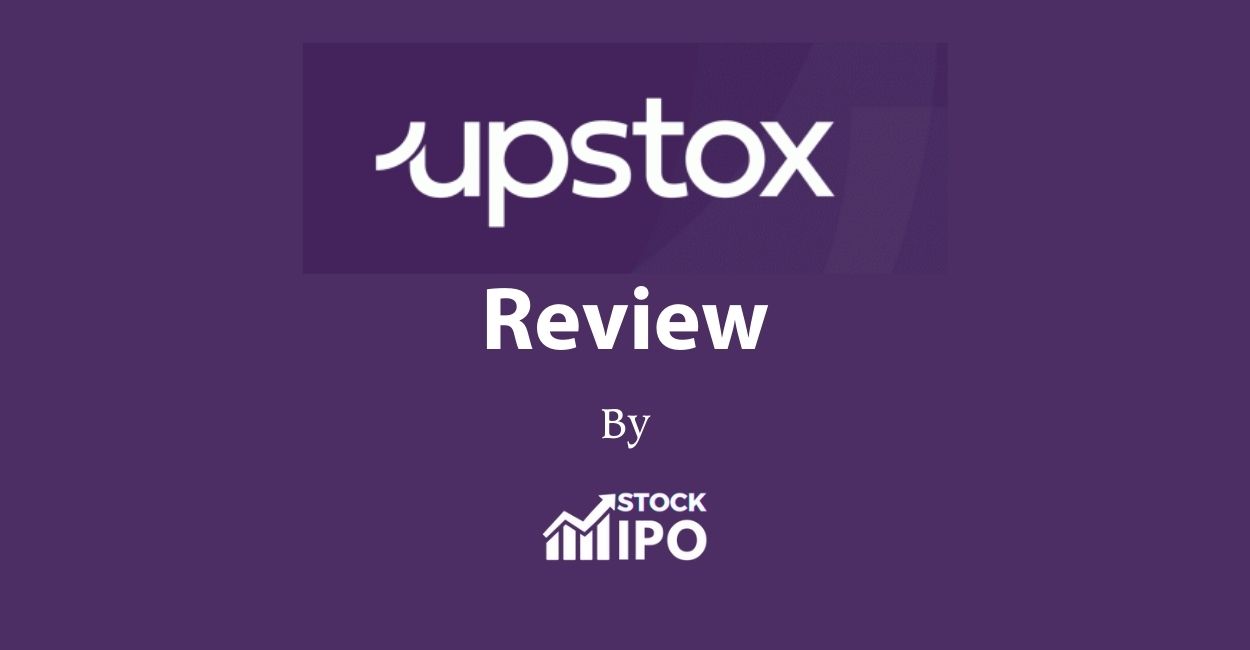
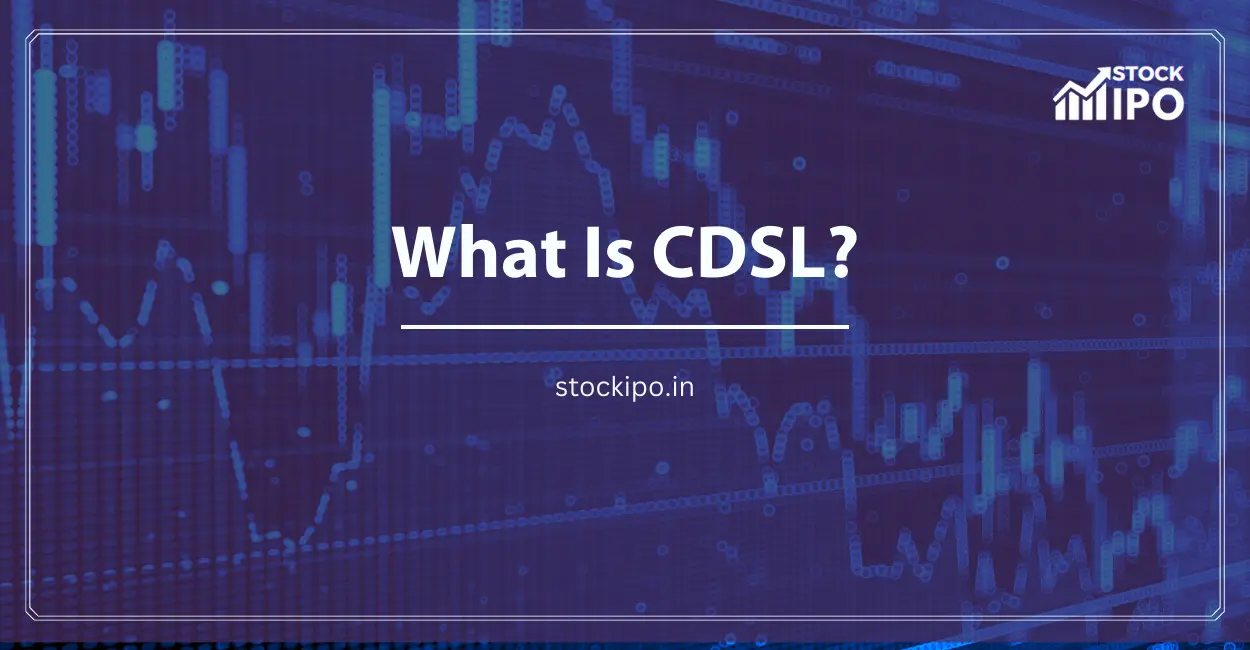


Thanks for sharing. I am interested in opening a Zerodha account.